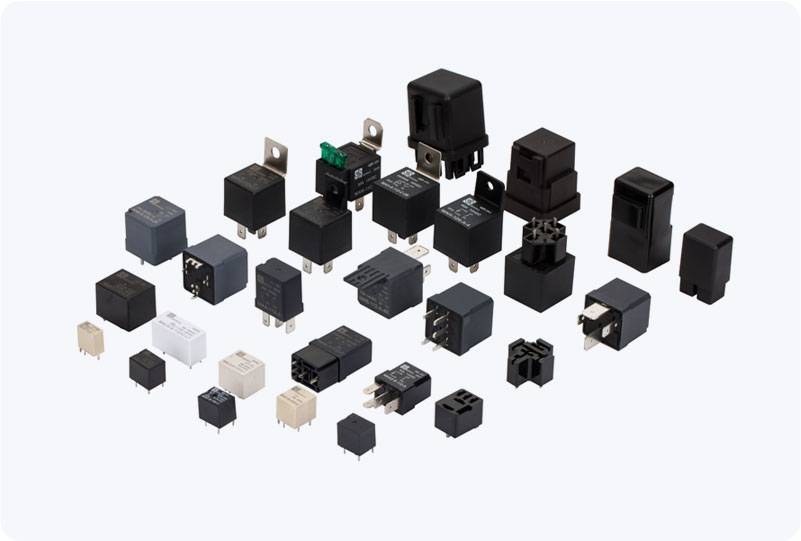The 1000V DC Main Relay is a crucial component in high-voltage direct current (DC) circuits, providing essential control and protection functions in various industries, including renewable energy systems, electric vehicles, and energy storage solutions. As the demand for efficient power management and high-voltage systems grows, understanding the features, applications, and technical considerations of a 1000V DC Main Relay is increasingly important.

What is a 1000V DC Main Relay? A 1000V DC Main Relay is an electromechanical switch used to control the flow of current in high-voltage DC circuits. It is designed to operate at up to 1000 volts, which makes it suitable for applications where traditional relays would be insufficient due to the higher voltage levels. Unlike alternating current (AC) circuits, DC circuits have constant polarity, meaning that the relay must be able to handle a steady voltage without the natural zero-crossing points that AC circuits have. The primary function of the 1000V DC Main Relay is to open and close electrical circuits, either manually or automatically, as required by the system. This is essential in systems where safety, control, and protection are critical, especially in circuits with high voltage and current.